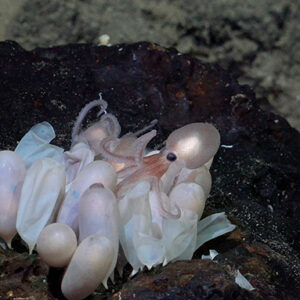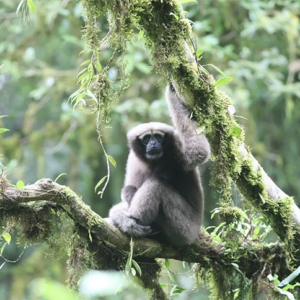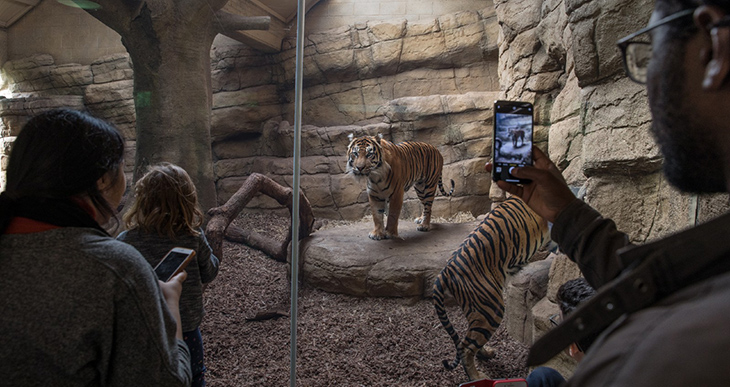
There’s an ongoing debate right now on whether or not animals should be held in captivity. While there’s no denying that these creatures best belong in their own natural environment, there’s just so much danger out there.
Poachers don’t think much about extinction. Right now, their main goal is to make money, and if they have to kill an animal to do it, then so be it. This is why people have banded together to make sure these animals are provided a safe haven.
In reality, many believe that zoos have the “powerful potential” to reverse extinction. This was according to a new study that found zoos, aquariums, botanical gardens, and seedbanks have a 50/50 record when it comes to returning extinct species back into the world where they belong.
Basically, because of the devotion of dedicated conservationists, they are able to save the species’ chance of survival after it drops to zero when they’re out in the wild. They take them in so they have a chance to return and live life to the fullest.
The team at the Zoological Society of London (ZSL) had studied a total of 95 animals and plants species that have been considered extinct in the wild since the 1950s. These only were able to survive once more when they were placed in institutions.
Among the list of the living creatures are the scimitar-horned oryx, several Polynesian tree snails, and the yellow flowering toromiro.
“Thanks to decades of tireless work saving species, we have the opportunity to re-establish more populations in the wild; it’s imperative that conservation zoos, aquariums, botanical gardens, and seedbanks are given the financial—and inter-governmental—support to do so,” said Donal Smith. He is from ZSL’s Institute of Zoology.
The work they all do is through collaborative breeding programs, fieldwork, and research. With the efforts they put, ZSL helped return a number of extinct species back into the wild where they really belong.
In fact, they were able to return the Partula tree snails to the islands of French Polynesia and the scimitar-horned oryx to Chad. For the near future, they also have plans to return the colorful sihek, or Guam kingfisher, during the latter part of this year.
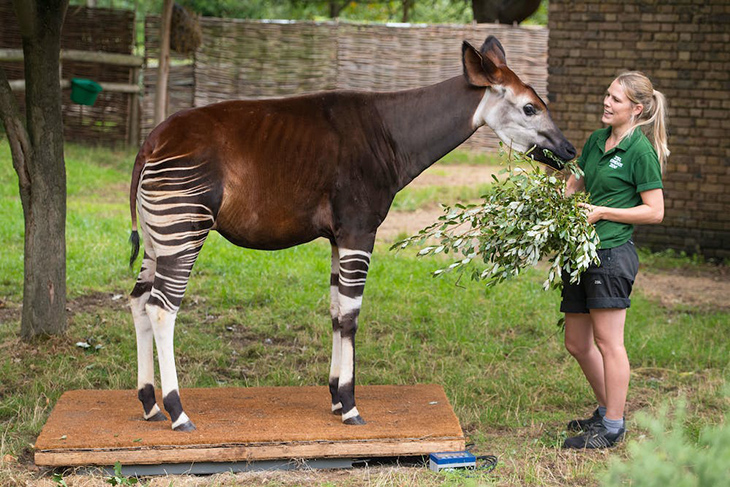
“European bison, once restricted to a small population under human care, is now thriving in the wild, offering an inspirational example of what pioneering conservation work can achieve,” Smith said as he gave another example for what they’ve done.
Experts working at ZSL’s conservation Zoos in London and Whipsnade also have more specialty programs for animals extinct in the wild than the others in the UK. They are also aware of the fact that each situation may vary, for some species consist of thousands of individuals while others only a handful.
Unique Challenges Faced
“Each extinct in the wild species is unique in how secure it is from extinction, so saving them requires specific actions tailored to each species,” said senior author John Ewen. He is a researcher at ZSL’s Institute of Zoology.
“Contrast for example the high risk of extinction for the Socorro dove in zoos for nearly 100 years with a current population of just 162 birds, to the more secure situation for species like the scimitar-horned oryx where the zoo population size is in the thousands and successful reintroductions are progressing well only 16 years after extinction in the wild.”
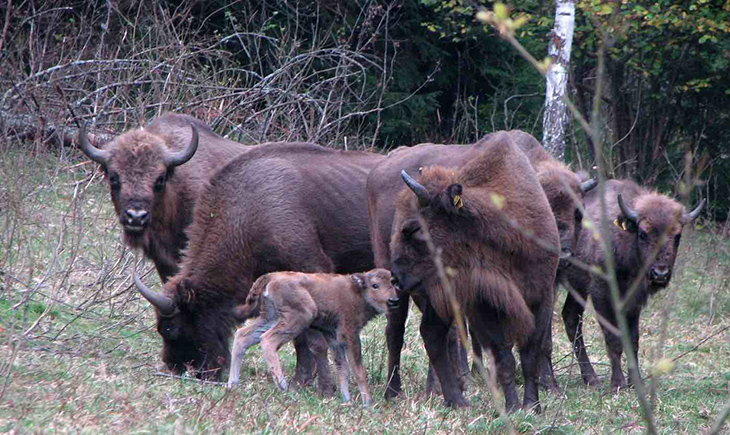
Another of these animals that are on their back to their ancestral lands is Przewalski’s horse. This has been gone from the wild for 40 years and lived only in zoos as conservationists were able to gradually grow the population through breeding programs that started only from 12 of these.
A new foal was born at the San Diego Zoo this year. As for the reintroduction efforts, these are underway in China and Mongolia.
The study also shows the difference between animal and plant species. Fact is, there is an equal number of plants and animals that have been extinct in the wild. Sadly, there has been more focus on getting animals back to the wild. Of the 12 species that have been brought back, only two are plants.
“There are several reasons why extinct in the wild plant species might be less frequently the focus of translocations, including a lack of suitable individuals for planting and changes to their original habitat,” said co-author Sarah Dalrymple. She is from Liverpool John Moores University.
“However, attitudes are shifting, with more emphasis on botanic gardens working together and finding suitable wild homes away from the site of origin, offering great hope for future plant recovery.”
What are your thoughts? Please comment below and share this news!
True Activist / Report a typo
